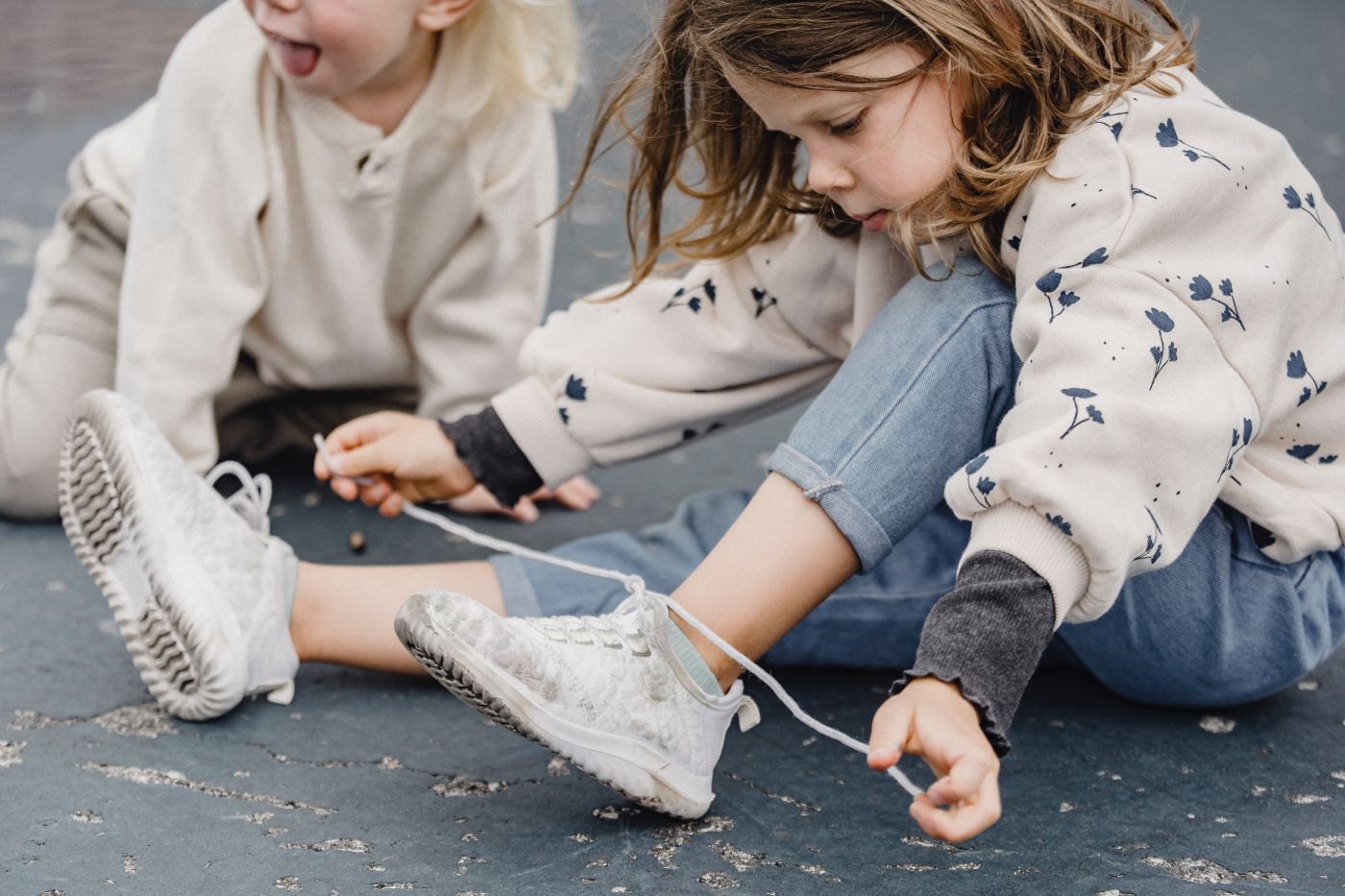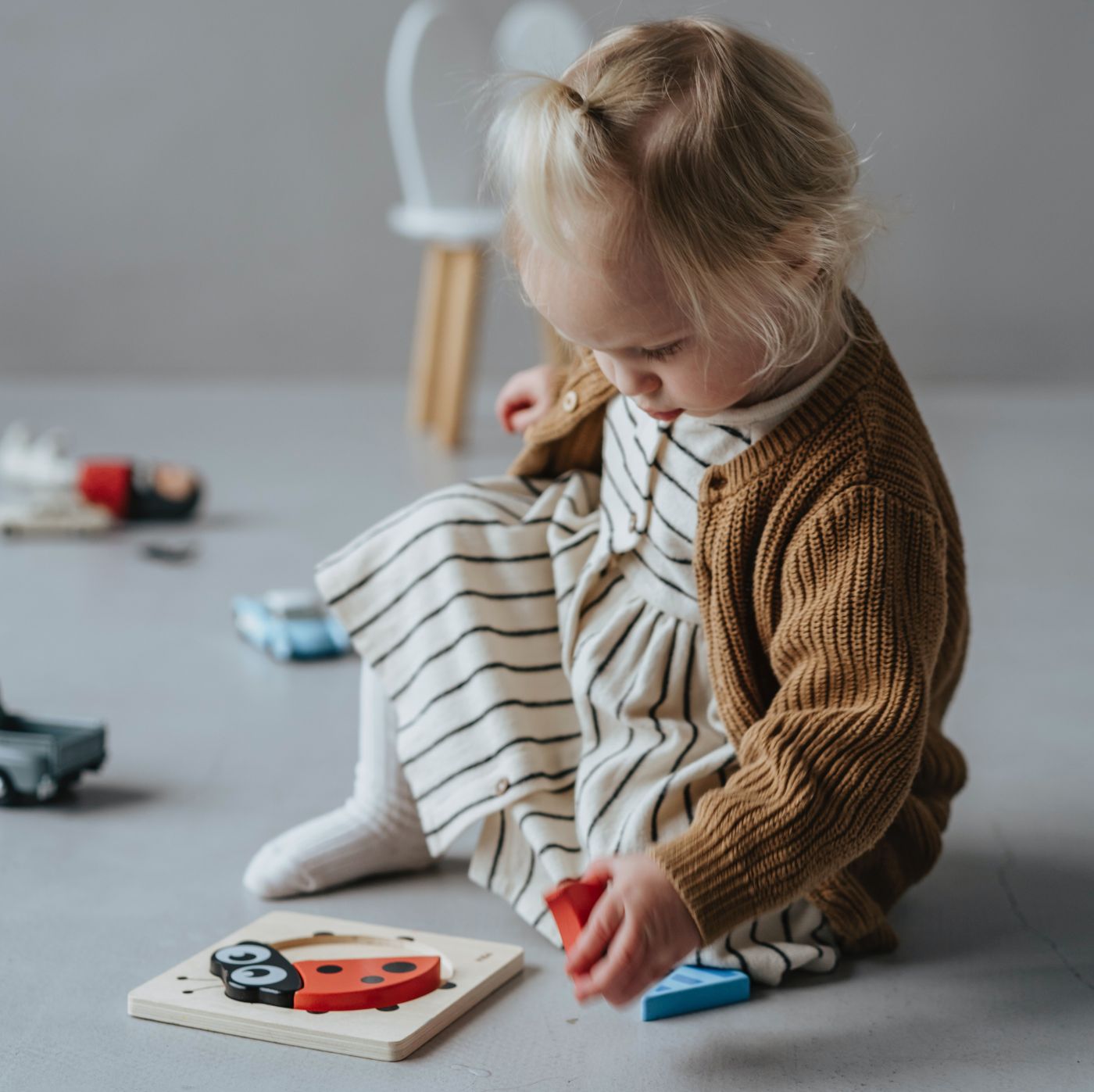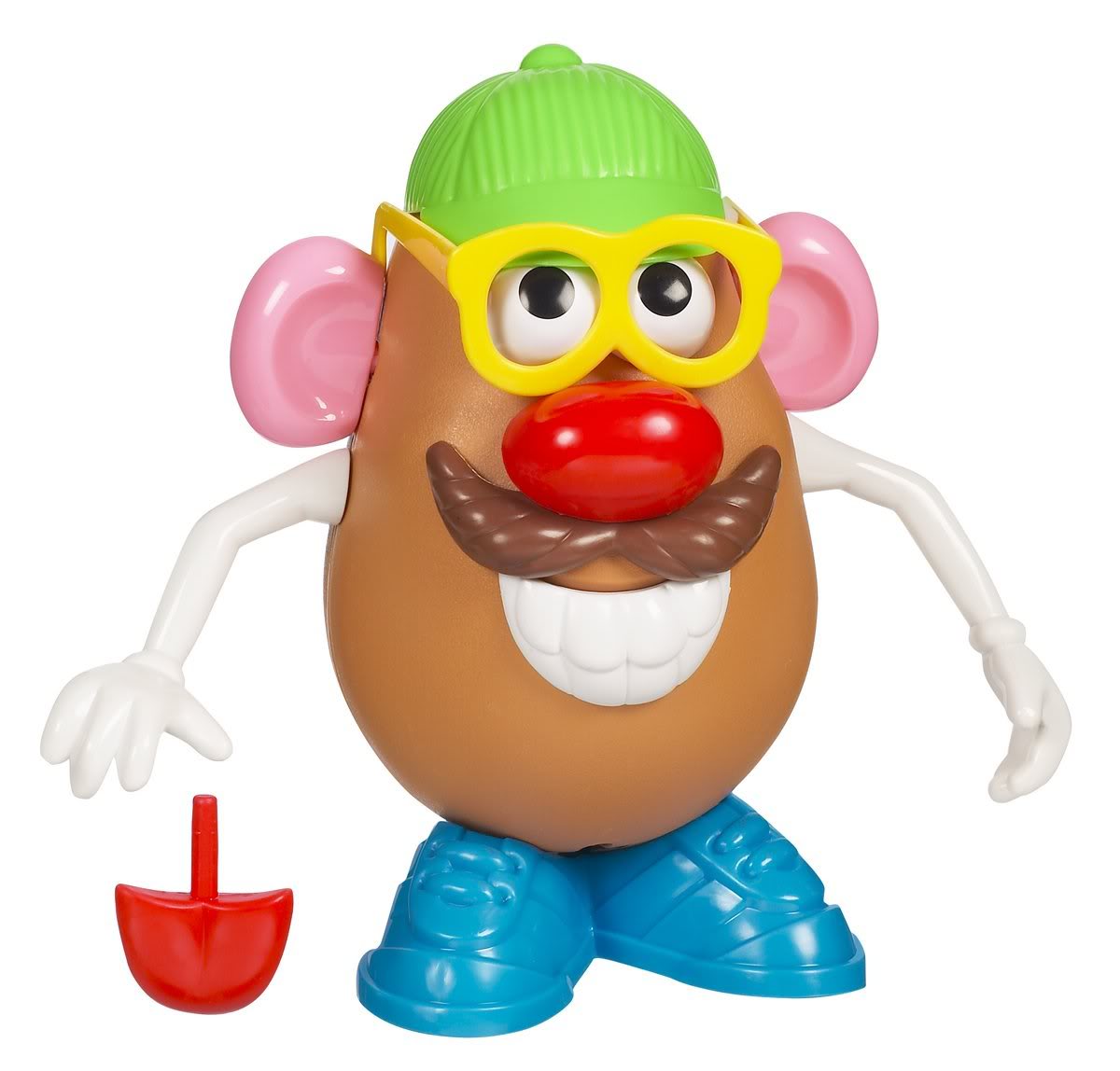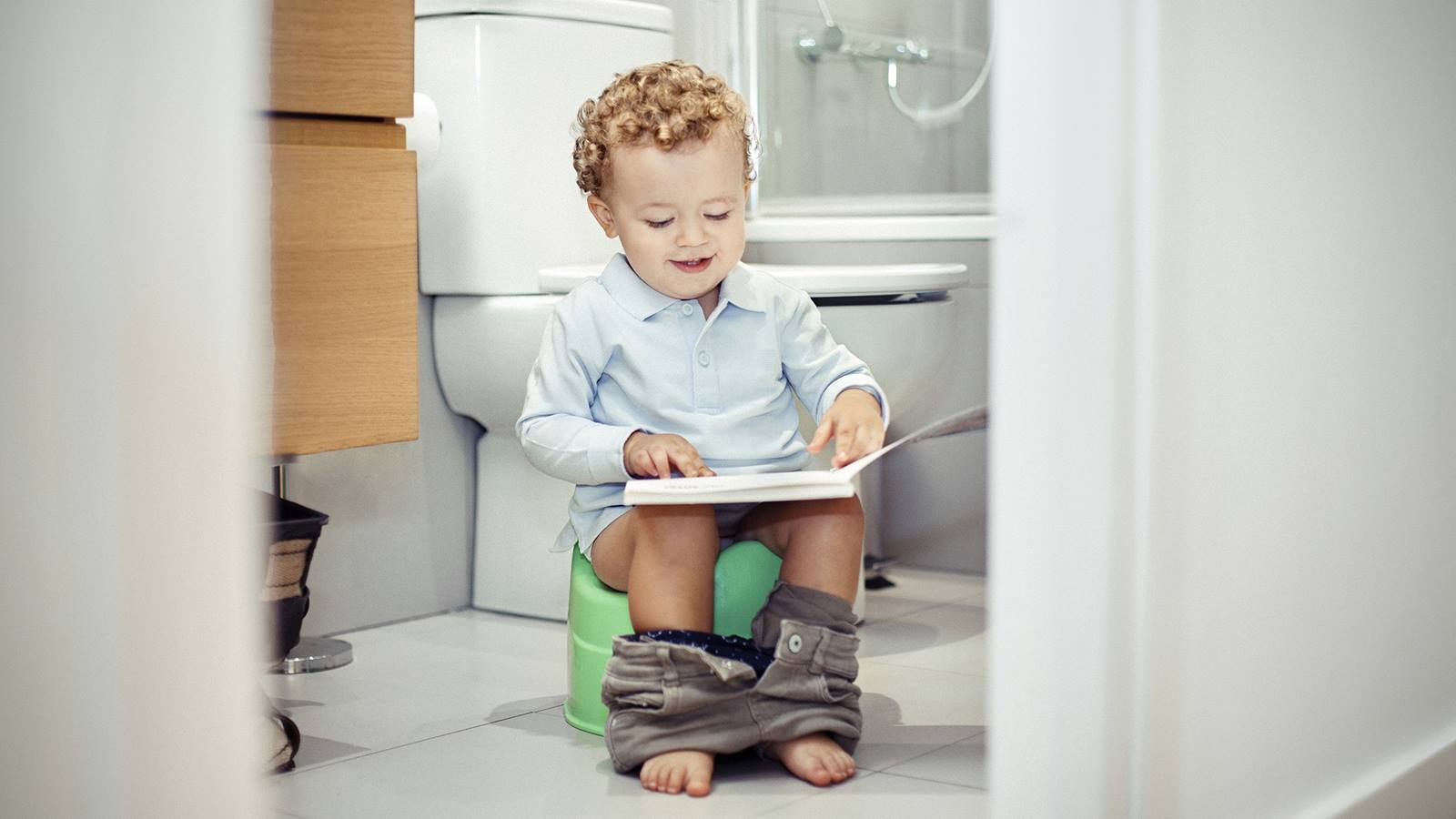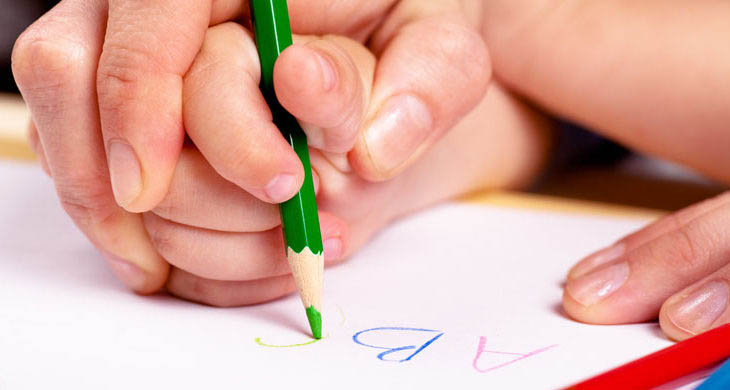Media We Are ALL ABOUT at AASL
While you’ll hear us push for story time or imaginative play as ways to engage with your child, we understand that life happens and the TV/tablet/etc. is going to get turned on for our littles. Here are recommendations of a few options that are better quality options for building your child’s communication skills:

